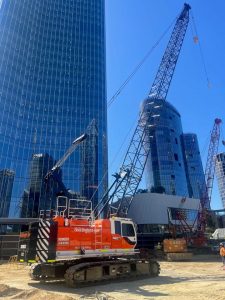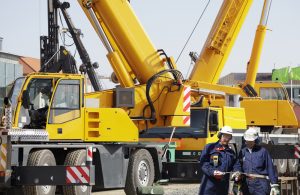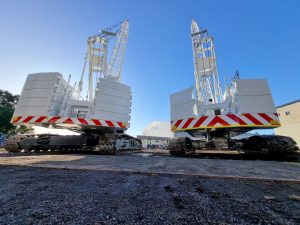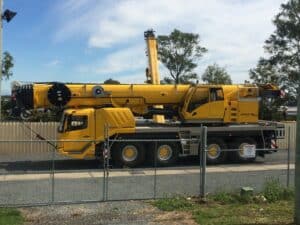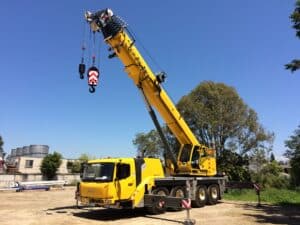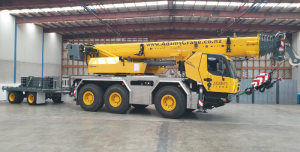5 Tips To Ensure Crane Operation Safety
In congested work sites crane safety is paramount, especially when there are multiple people working underneath to load and unload the crane. Tight turn circles and other machinery often pose risks to operators in these scenarios. Here are 5 tips to ensure that employees get home safe and machinery remains undamaged at days end.
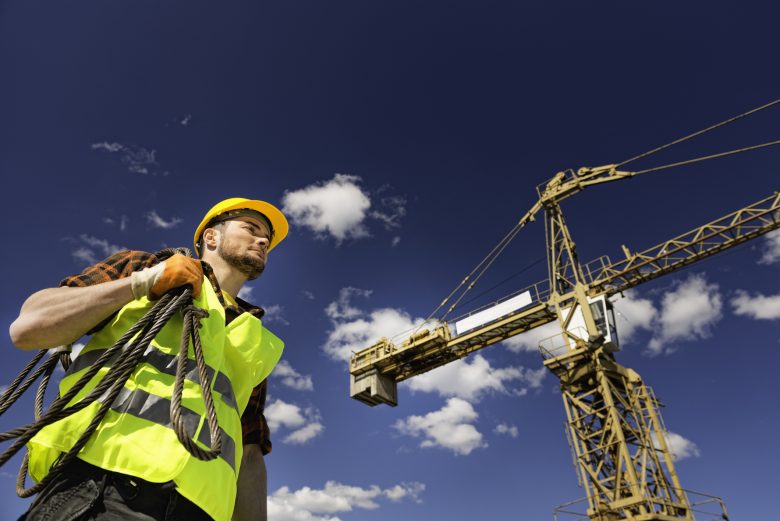
In congested work sites crane safety is paramount, especially when there are multiple people working underneath to load and unload the crane. Tight turn circles and other machinery often pose risks to operators in these scenarios. Here are 5 tips to ensure that employees get home safe and machinery remains undamaged at days end.
From 2011 to 2017, the Bureau of Labor Statistics reported 297 deaths involving cranes. Of those deaths, more than half were the result of workers being struck by objects or equipment, and over 20 percent involved the crane operator. These statistics highlight the need for crane safety at all stages of operation, including travel, setup, rigging and lifting.
Below, learn 11 crane safety tips, including information about:
- Guidelines for crane travel
- Reminders about crane set up
- Tips for crane rigging
- Suggestions for safe lifting
1. Select the Right Crane for the Job
Ensuring safe crane operation begins with choosing the correct crane. Cranes are either mobile or fixed, with fixed cranes generally being used in industrial settings or in complex or tall construction projects.
Mobile cranes come in many varieties, so make sure to select the right crane for the particular site.
- Carry deck crane: These highly mobile cranes feature easy setup and rotation, but they don’t handle rough terrain well.
- Crawler crane: Because they use tracks instead of rubber wheels, crawler cranes are excellent for sites with soft terrain.
- Rough-terrain crane: Although these cranes cannot travel on public roads, they can handle difficult grades and tough terrain well on the job site.
- All-terrain crane: These versatile cranes have the advantage of being able to travel on their own to job sites and handle rough terrain once they arrive.
There are dozens of crane types to choose from, including truly massive cranes, and safety starts with picking the right crane for each unique job site.

2. Always Utilise Qualified Personnel
Safe operation of cranes demands trained personnel for setting up, rigging, signalling and operation. The Occupational Safety and Health Administration (OSHA) has regulations in place that require only trained, certified and properly evaluated individuals to operate cranes on job sites. Make sure to adhere to all regulations to be certain that qualified personnel are being used to operate cranes at all times.
3. Read Operator Manuals
Even when employing qualified personnel, it’s important to remember that cranes from different manufacturers have unique controls, failsafe devices and features. Anyone operating or working with cranes should have a detailed understanding of the specific crane being used. The operator’s manual includes vital information about:
- Load capacities
- Safety mechanisms
- Stabilizers and counterweights
- Operator controls
Be sure to read the operator’s manual in full before operating any crane.
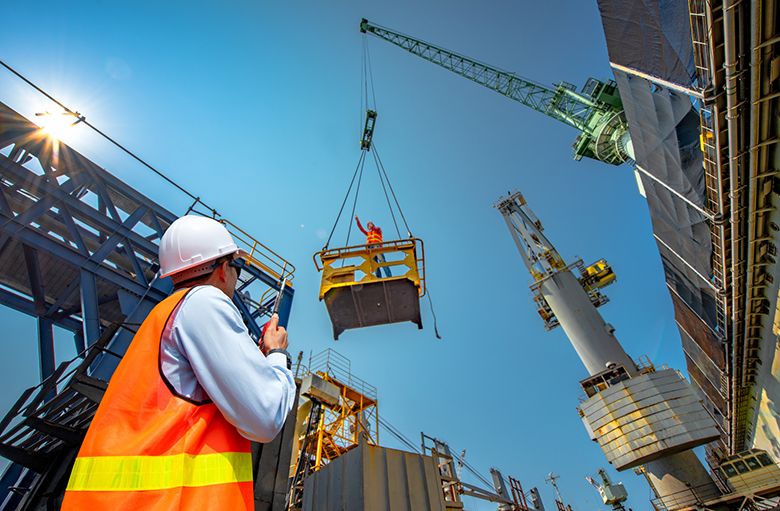
4. Perform Daily Operator Checks
A crane operator must use a daily inspection checklist to ensure the crane is safe prior to operation. These checks include pre-start checks, engine start-up checks and safety system checks.
- Pre-start checks: Before starting the crane, the operator should check tire condition, oil levels, seat belts, air reservoir and the battery, among other things.
- Engine start-up checks: Before daily work begins, the operator should start the engine, check the pressure gauge, fuel level, turn signals, horn, suspension and brain system, among other things.
- Safety system checks: Most importantly, safety system checks should be performed to prevent catastrophic accidents. Make sure to evaluate the anti-two block, the rated capacity limiter and outriggers.
Additionally, operators will perform a series of hydraulic system checks. Please consult your site’s daily operator checklist for a specific list of tasks, usually more than 40 total.
5. Avoid or Clear Obstacles During Travel
Prior to crane travel, it’s essential that a path is planned and cleared of all obstacles. Hazards that can’t be moved, like power lines or other permanent features, should be avoided, and the operator should keep a safe distance at all times. For instance, regulations require that cranes stay at least 10 feet away from power lines up to 50,000 volts.
A signal person should always lead the crane during travel, making sure to alert the crane operator to potential hazards and also to warn other site personnel about the crane’s movement.
If you would like to read the full article head over to the Big Rentz website
